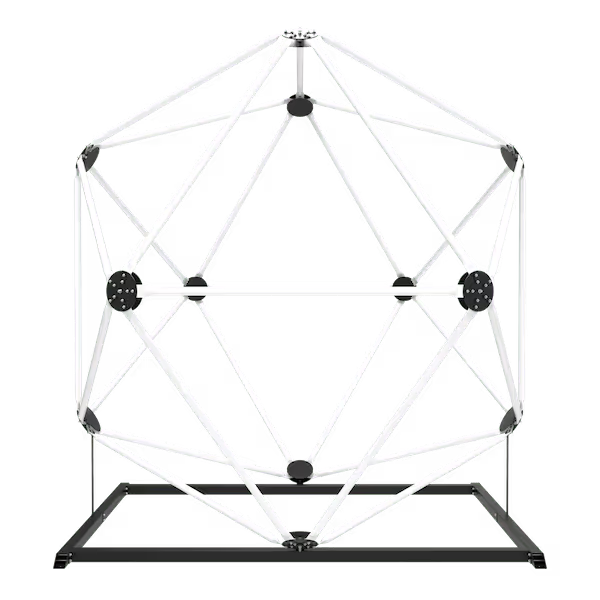
As an elite coach, your goal is to help high-performing athletes get to the next level.
The Maverick Gym integrates the often overlooked components of an athlete’s neurological system in training, allowing you to lead athletes into new levels of optimal human performance.

The Maverick Gym is a physical representation of one’s kinesphere using a 7’ icosahedron. This icosahedron provides targeted areas of external focus that challenge and train athletes’ visual and vestibular systems, while engaging in sport-related biomechanical and decision-making activities. Train beyond the limits of traditional methods and unlock a new level of athletic performance.
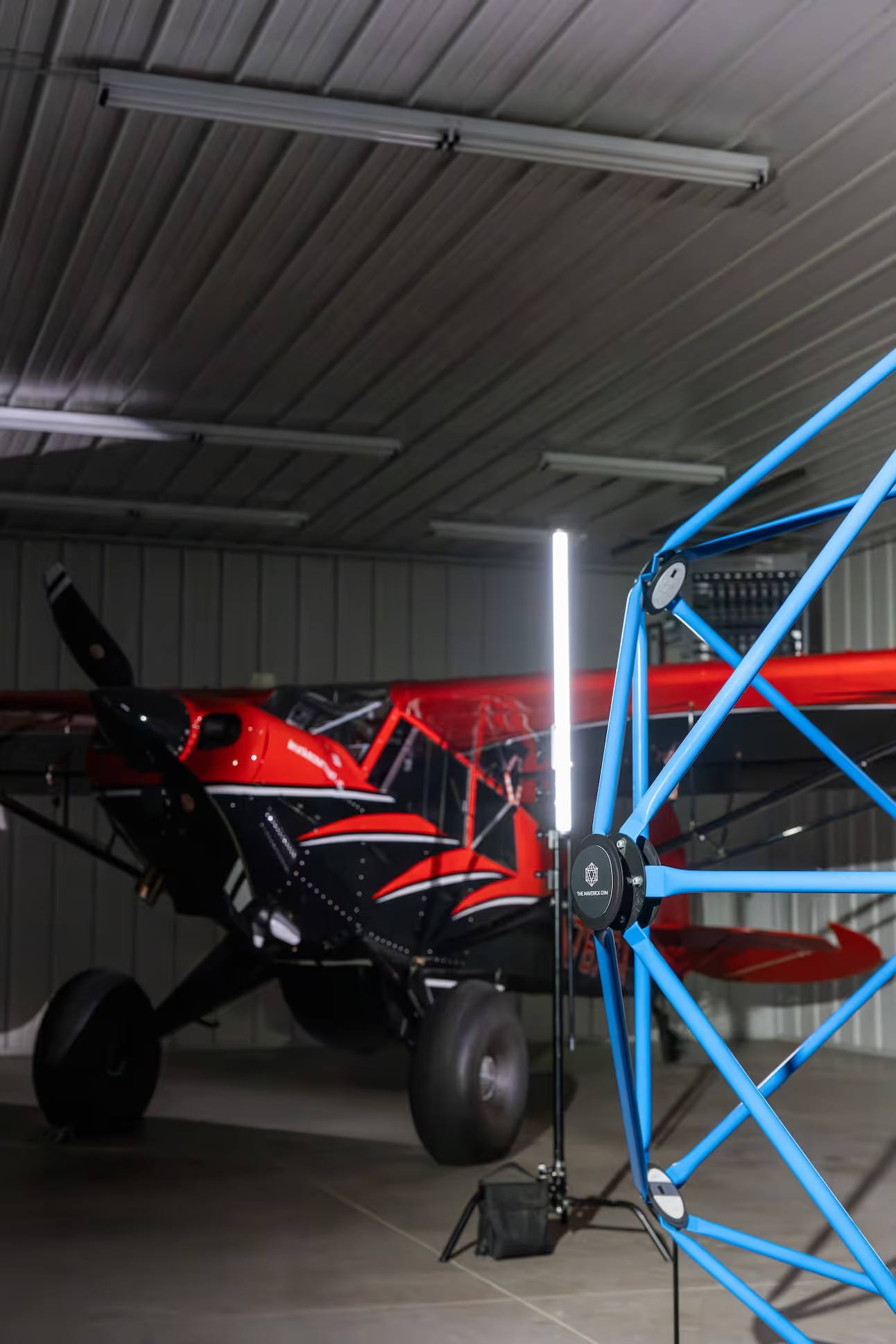
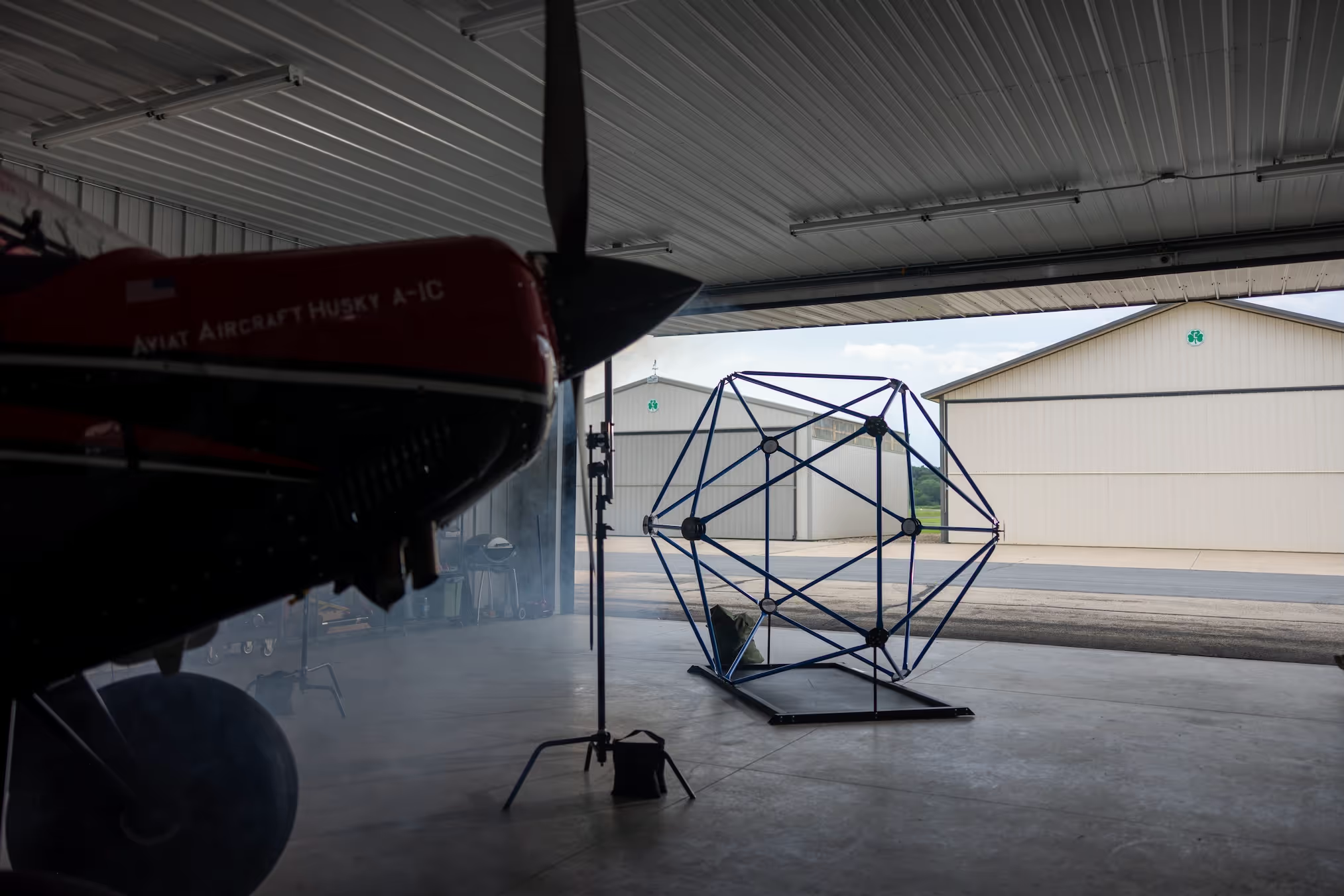
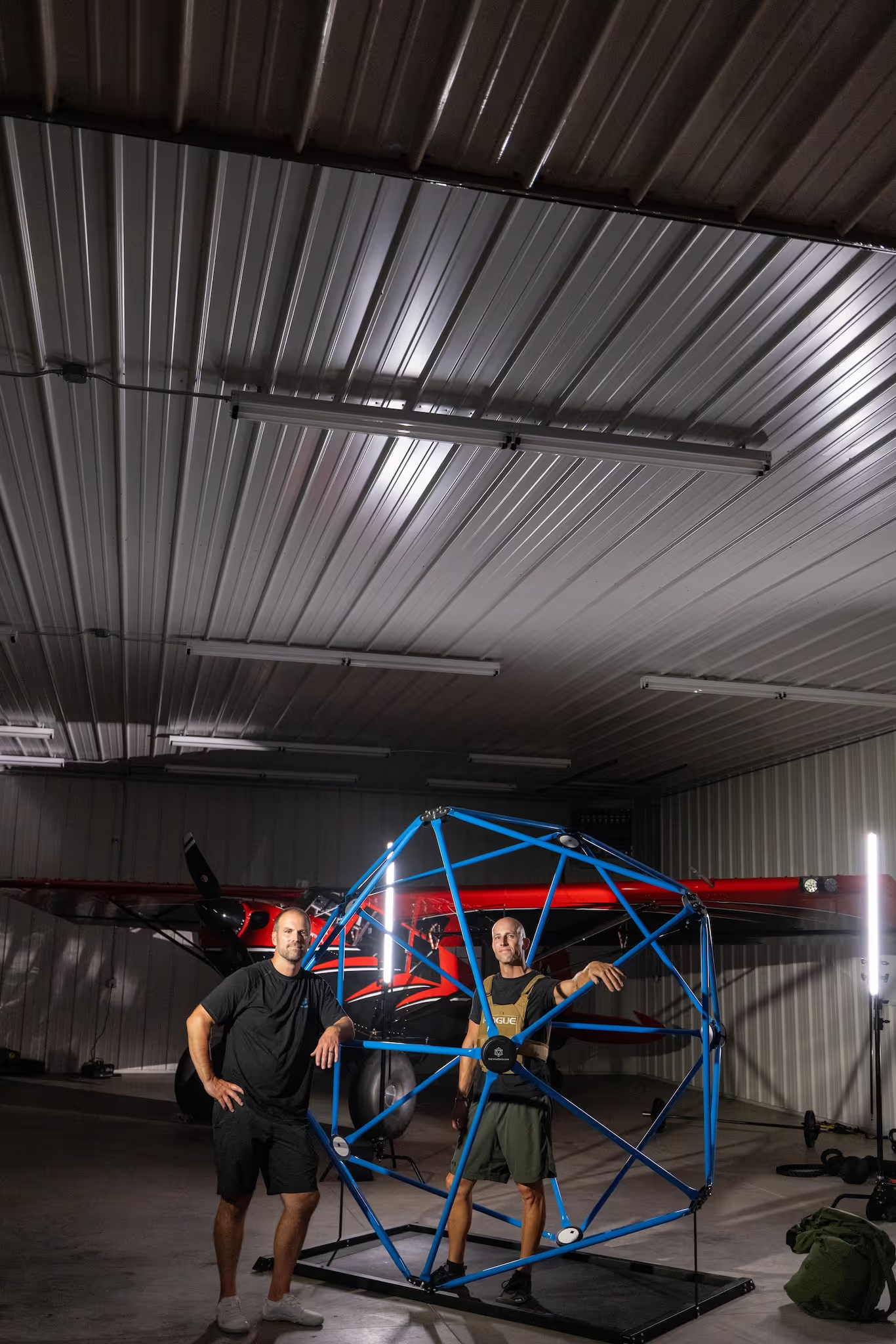
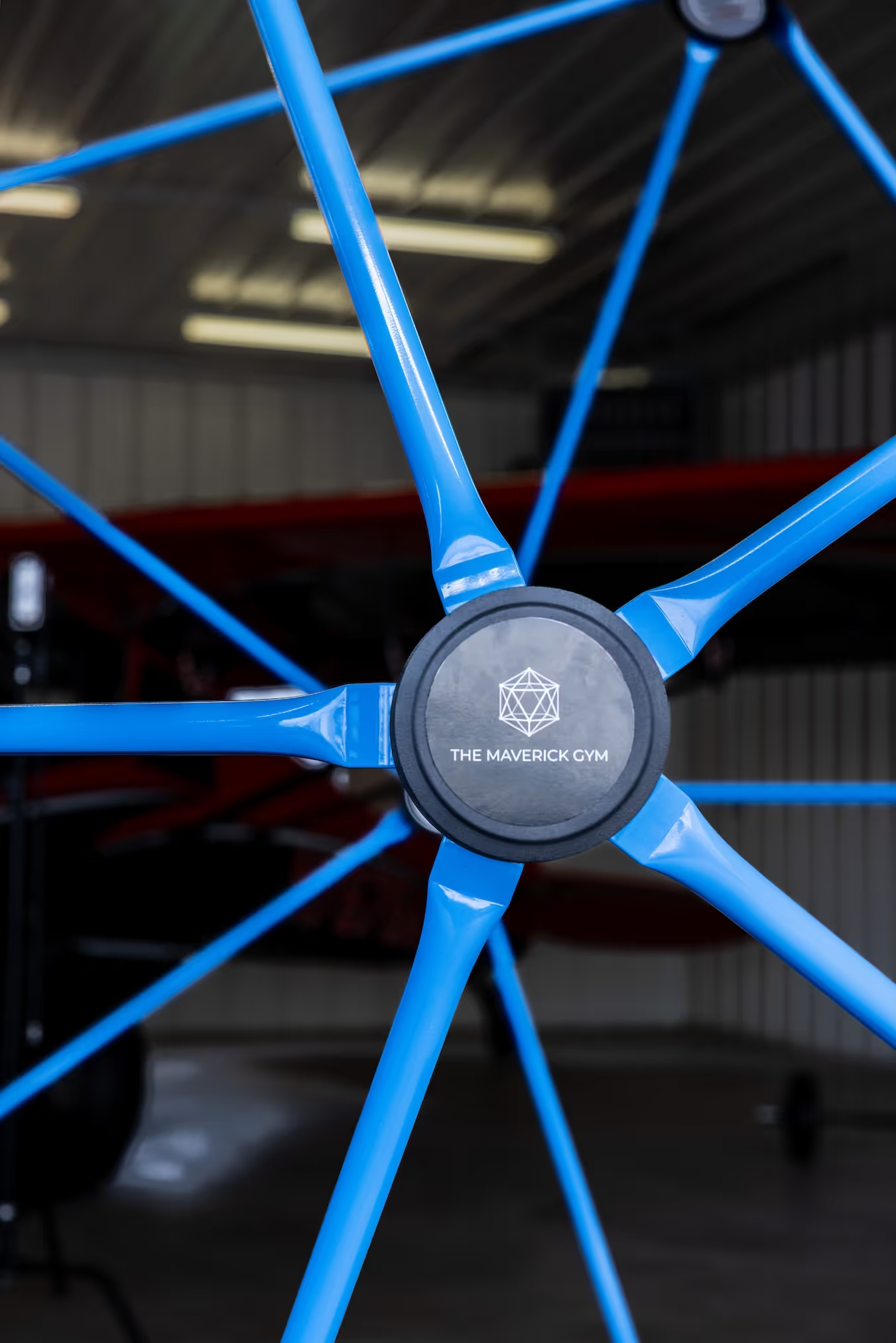
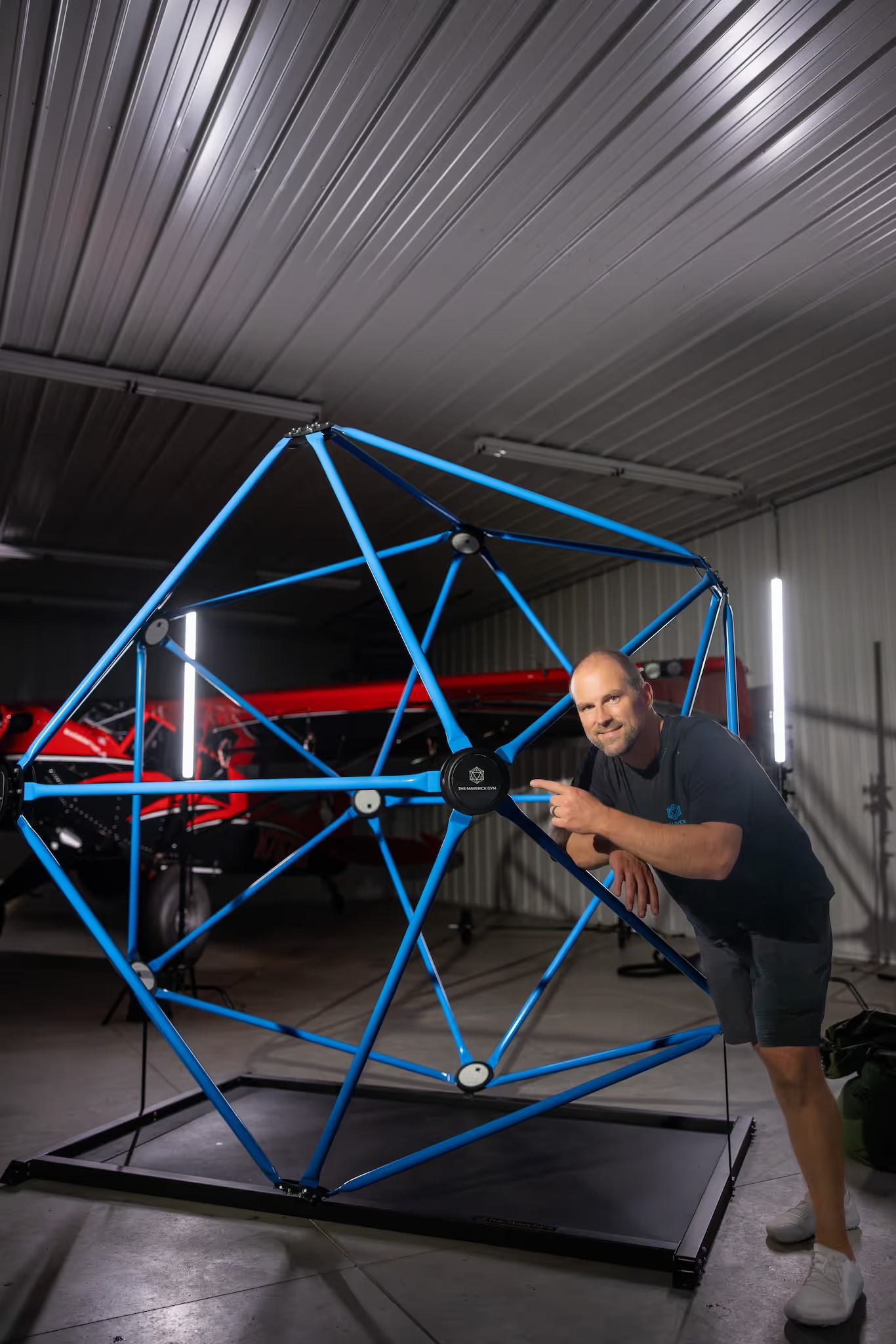
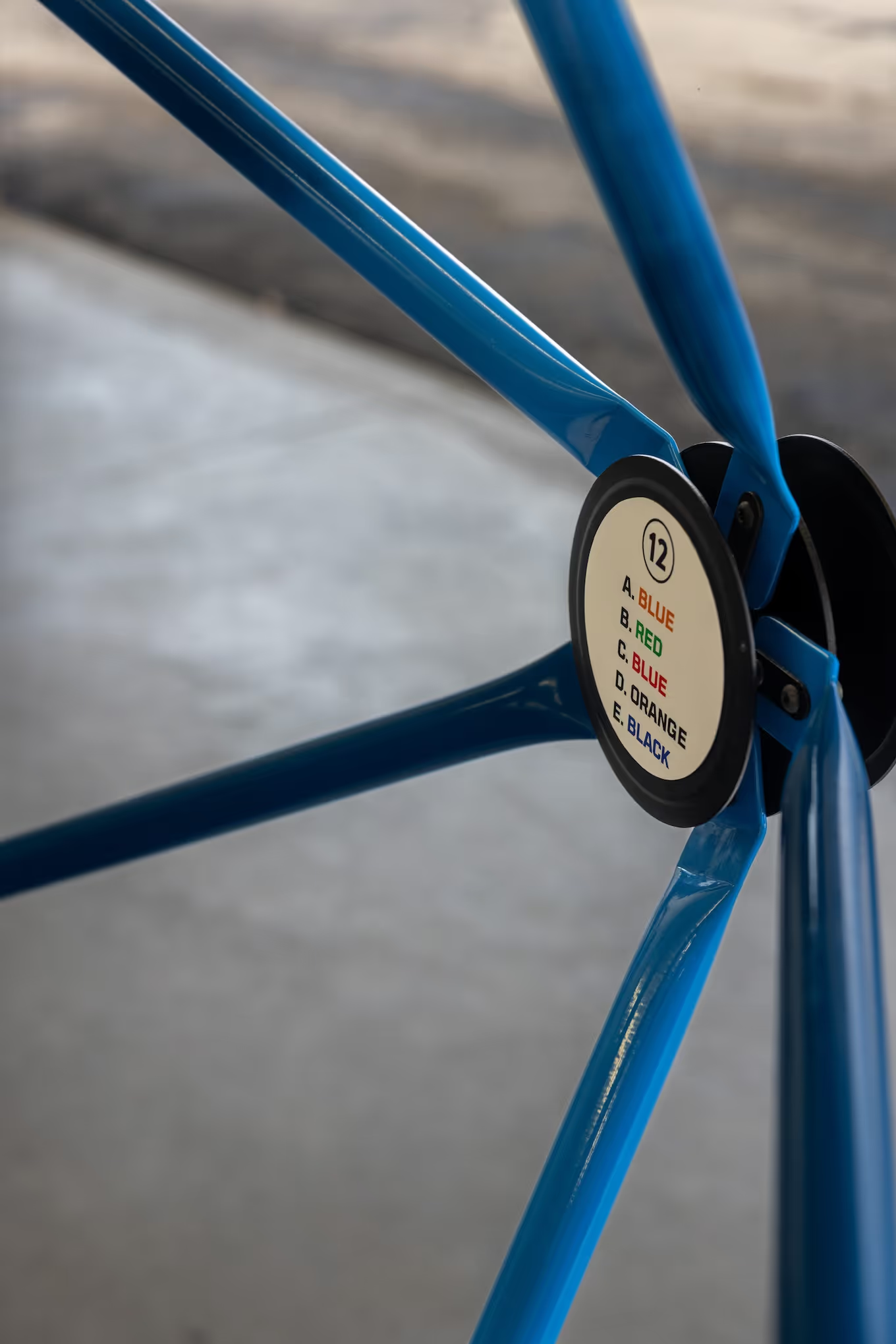
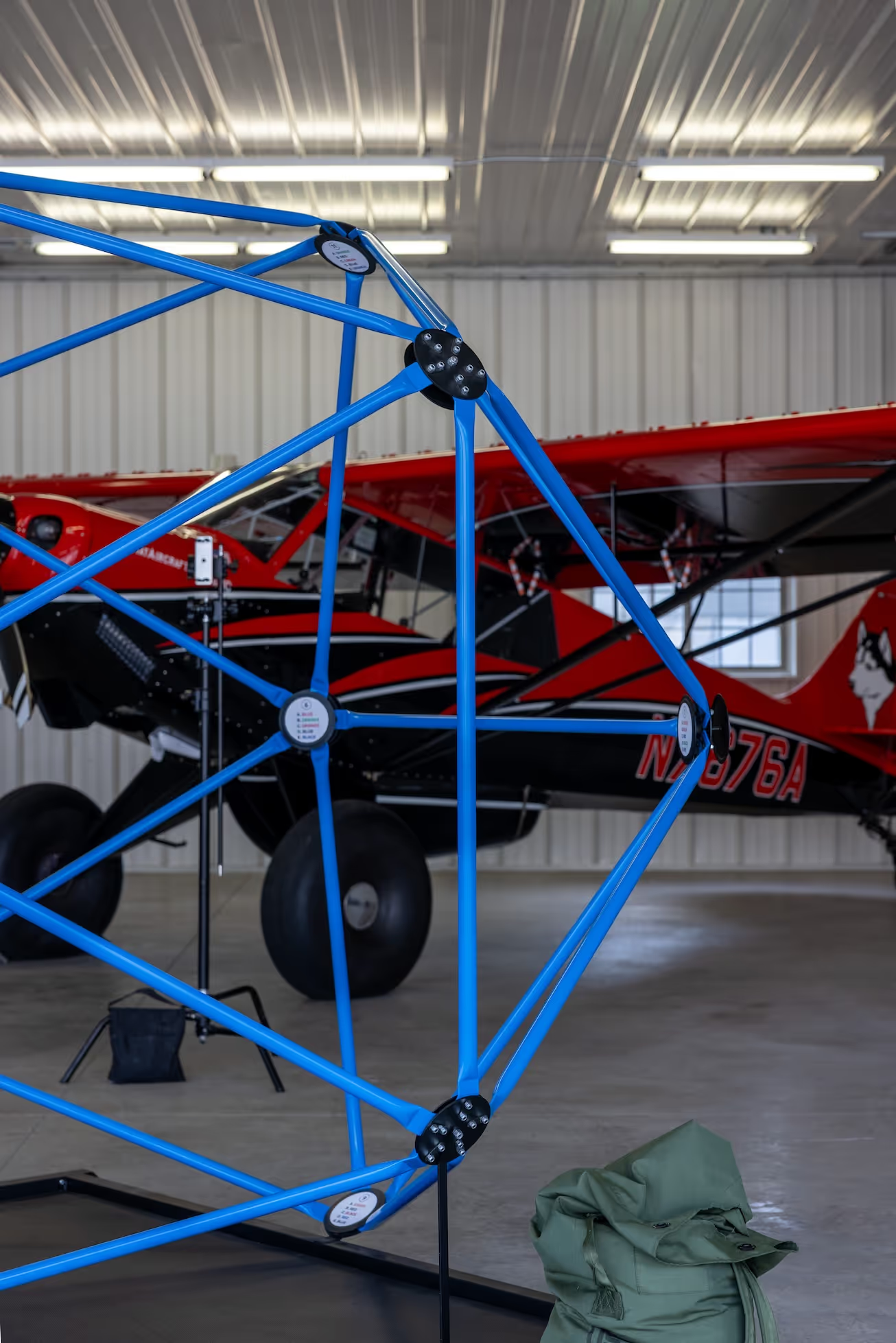

Traditional training focuses on muscles, and in more evolved thinking, movements. Yes, these can create stronger muscles and even more athletic movements, but these training protocols fail to consider the full loop of neurological inputs and neural feedback that can be developed for optimal performance.
Most Neuro Training Is One-Dimensional A variety of highly focused neuro training devices and approaches are currently available. These all have a place and will improve specific skills. What they cannot do, though, is integrate. For optimal performance you must integrate and improve skills to support all the movements needed in a sport or profession. These movements are multi-planer and involve working within and processing information from all around the athlete.
The Maverick revolutionizes training by engaging your entire visual field. It strengthens both your central and peripheral vision, preparing you for unpredictable, real-world challenges. With The Maverick, you train to notice and react to everything around you, optimizing both your body and mind for peak performance.
The Maverick Gym enhances your training by improving spatial awareness, visual processing, and decision-making speed. It builds dynamic balance, sport-specific strength, and multi-dimensional reaction time, helping you move with precision and reduce injury risk.








Don’t take our word for it—hear directly from those who train with The Maverick.
At The Maverick Gym, we transform athletic training with innovative fitness technology. Combining neuromuscular training, vision therapy, and dynamic strength exercises, The Maverick helps athletes, trainers, and rehab specialists achieve unmatched results. Whether it’s improving reflexes, preventing injuries, or unlocking peak performance, The Maverick empowers coaches and athletes to go beyond traditional training methods.

“The Maverick connects vision, balance, and movement in a way no other tool can. It challenges the brain, enabling customized, functional training for each client.”

“Climbing around the Maverick was like a new homecoming for experiencing and training my body. The three-dimensional space allowed me to fly, roll, stand, and dance. I opened up new pathways of strength, core connectivity,and balance beyond anything I’d experienced.”

“The Maverick has transformed our rehab process, integrating proprioceptive, vision, and vestibular training for a complete recovery experience. It’s also fun to use!”

“The Maverick is one of the most important tools for bringing neuroscience-driven training into the movement industry. Its unique design enables integrated movement exploration that’s hard to achieve with other tools. Intelligent Training Equipment has turned The Maverick into a brain-based training center that is unmatched.”

“As a dancer, The Maverick lets me safely explore a range of movements and offers amazing cross-training opportunities.”

"As a fighter pilot, I needed an edge that combined mental and physical training. That’s when I found Lucas and the Maverick. His approach integrates physical fitness with cognitive function under stress. After three months, I saw major gains in focus, attention to detail, and endurance that directly impacted my performance in the air. I was so impressed, I recommended The Maverick to the Air Force for pilot training."
Take your training to the next level with The Maverick. Our YouTube channel showcases how this innovative platform combines neuromuscular training, vision therapy, and cognitive challenges to revolutionize athletic performance. See real-world examples of athletes and trainers using The Maverick to build strength, improve movement quality, and enhance decision-making. Click below to watch more and discover how The Maverick can transform your approach to fitness.
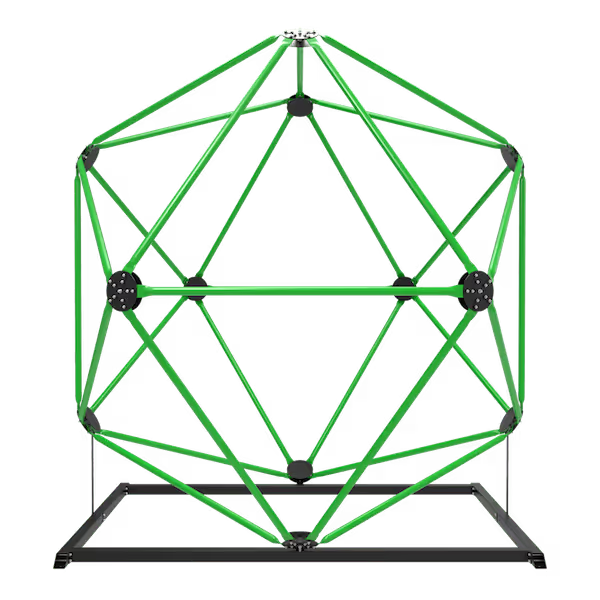
We believe in innovation that delivers real, measurable results. Ready to experience it for yourself? The Maverick is more than just equipment—it’s a game changer for athletic performance.
Discover how The Maverick can elevate your training, improve strength, vision, and neuromuscular coordination, and take your athletes to the next level. Learn more and schedule your personalized demo today!